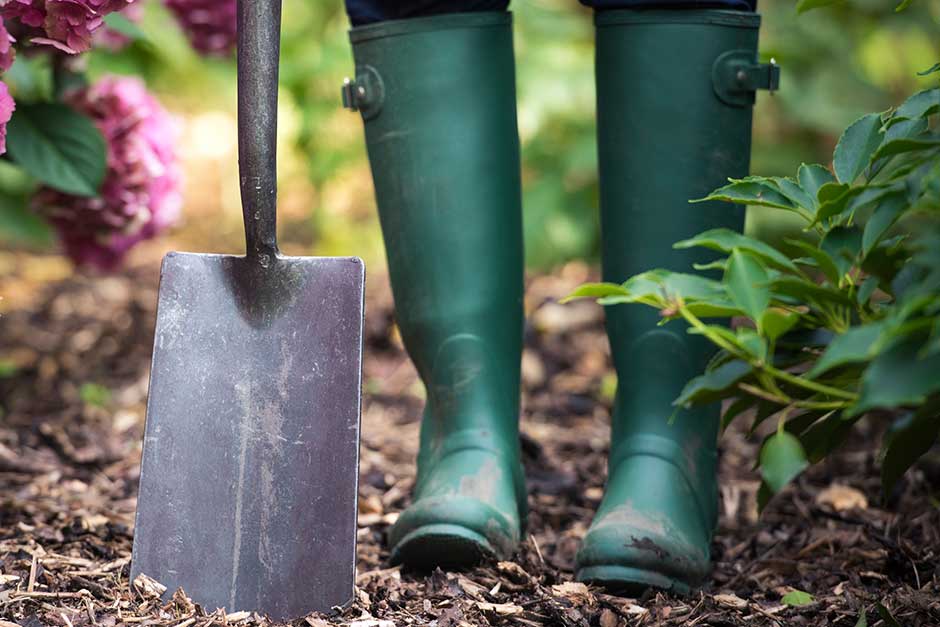
Introducing...
Escallonia
These mainly evergreen shrubs are valued for their colourful flowers from summer into autumn, providing a pretty backdrop to late-flowering perennials and annuals. In mild areas, they make attractive informal hedging. They are tolerant of salty air, so do well in coastal gardens.
Looks
Upright to spreading, escallonias form dense domes of small, glossy, leathery leaves. They bear many clusters of small trumpet-like or circular flowers, in white, pink or crimson.
Likes
Escallonias will grow in any fertile soil that drains easily in full sun. In very cold areas, they do best with the protection of a warm wall.
Dislikes
They dislike permanently wet or very dry soil and will not flower in shade. Wet conditions in summer can leave them vulnerable to escallonia leaf spot disease. Exposure to strong, frost-laden winds in winter can damage plants or even kill them outright.
Did you know?
Hedges can be kept in shape by clipping lightly after flowering (spring pruning should be restricted to removal of frost-damaged stems only, otherwise flowering may be reduced). Escallonia are a good source of pollen and nectar for pollinators - honey bees and bumblebees seem especially attracted to the flowers.
Growing guide

How to grow escallonia
All the information you'll need to grow and care for escallonias can be found in the RHS Guide to growing shrubs.
Love gardening
Sign up to receive regular gardening tips, inspiration, offers and more
View our Privacy Policy
Get involved
The Royal Horticultural Society is the UK’s leading gardening charity. We aim to enrich everyone’s life through plants, and make the UK a greener and more beautiful place.